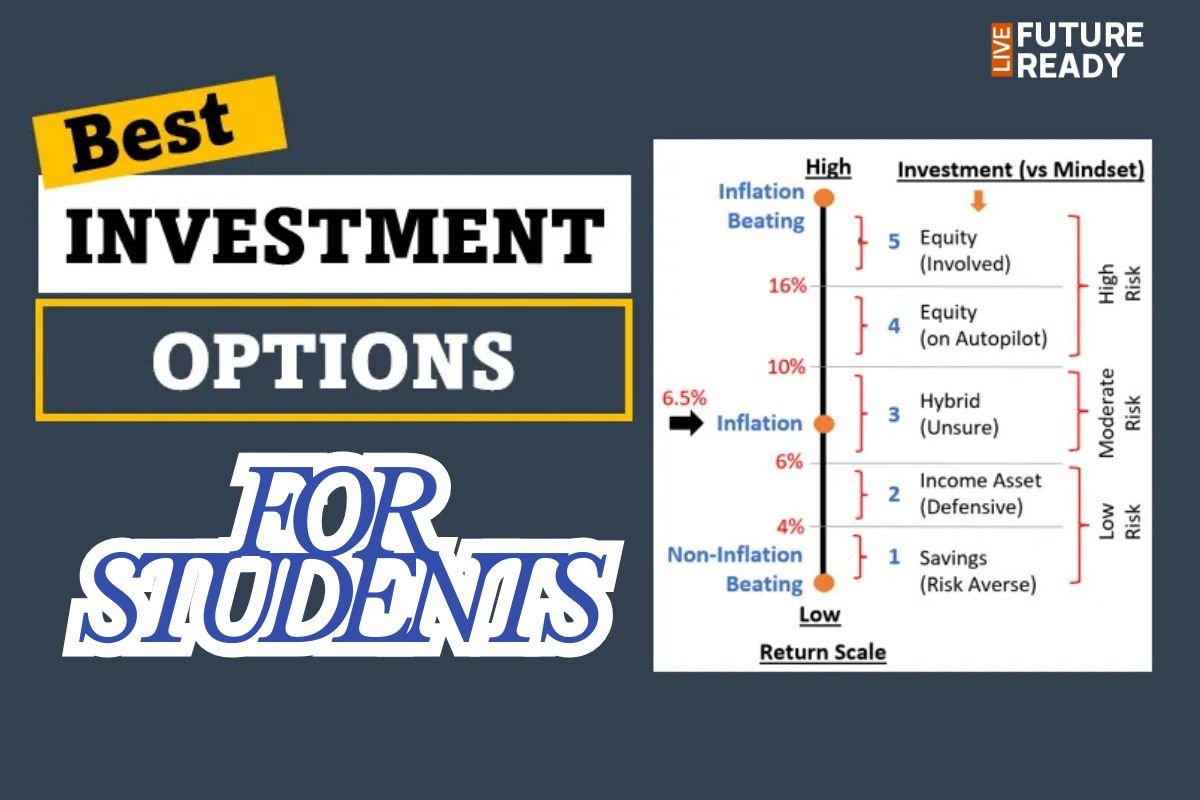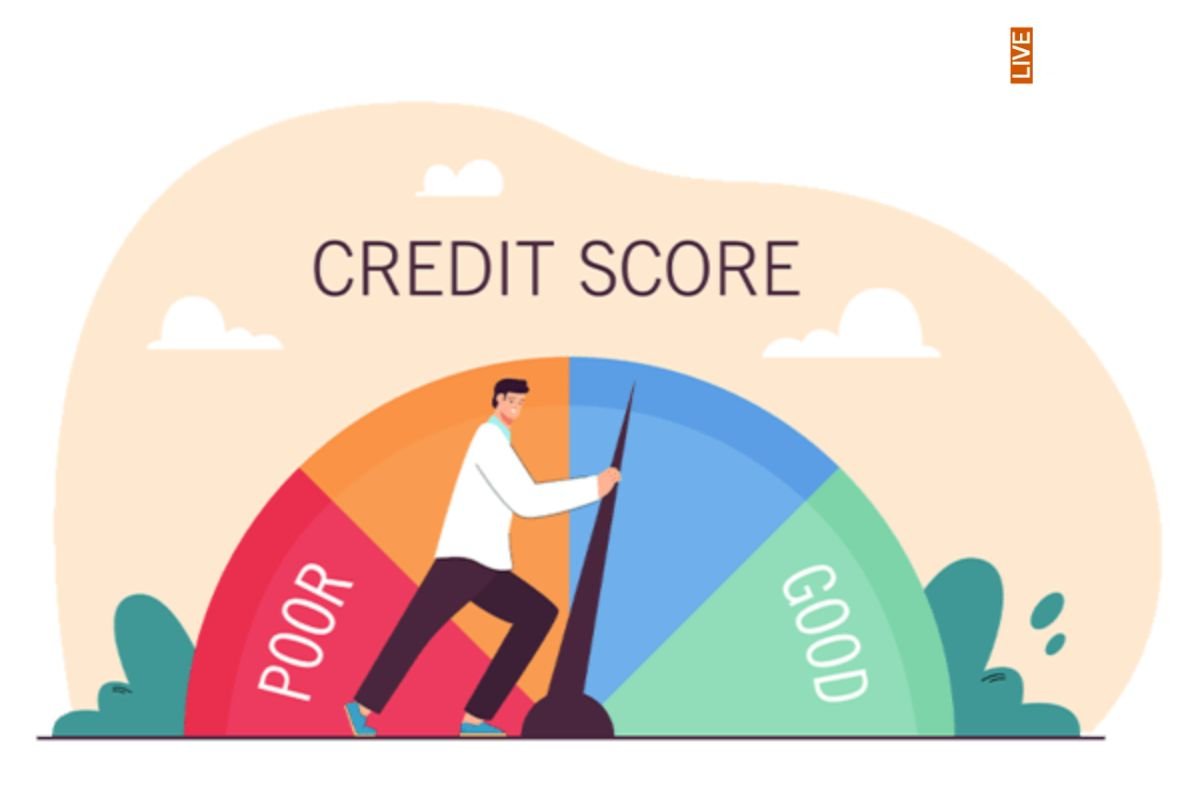The Central Board of Secondary Education (CBSE) has announced a significant reform in its Class 10 examination system. Starting from the 2026-27 academic session, CBSE will conduct Class 10 board exams twice a year, once in February and again in May. Students will have the option to appear for both exams, and the best score from the two attempts will be considered. This initiative aims to reduce academic pressure and give students a second chance to improve their performance.
Let’s explore this new system in detail.
Why is CBSE Introducing Dual Board Exams?
The decision to conduct board exams twice a year is inspired by the National Education Policy (NEP) 2020, which promotes flexibility in assessments. The key reasons behind this move are:
- Reduced Exam Stress: Many students experience anxiety due to a single high-stakes exam. The dual-exam system will allow them to improve their scores without excessive pressure.
- More Learning Opportunities: If a student performs poorly in the first attempt, they can learn from their mistakes and attempt the second exam with better preparation.
- Encouraging Holistic Learning: With less stress on memorization, students can focus on conceptual understanding and skill development.
How Will the New CBSE Class 10 Exam System Work?
Here’s how the dual-board exam system will be implemented:
- Two Exams in an Academic Year:
- First Attempt: February
- Second Attempt: May
- Best Score Counts:
- Students can choose to appear for both exams or just one.
- The best score from the two exams will be considered in the final mark sheet.
- Syllabus Division:
- CBSE is likely to divide the syllabus into two parts to avoid excessive repetition.
- Schools might follow a semester-based learning approach to align with this system.
- No Mandatory Retest:
- Students who are satisfied with their first attempt score don’t need to take the second test.
Benefits for Students
✅ Less Pressure: Students get two chances to improve their performance.
✅ Better Time Management: If a student misses an exam due to illness or unforeseen circumstances, they get another opportunity.
✅ Encourages Growth Mindset: Students can learn from mistakes and improve in the second attempt.
✅ Reduces Year Loss: If a student fails in the first exam, they don’t have to wait for a full year to reappear.
Challenges and Concerns
⚠️ Increased Exam Burden: Some students may feel stressed about taking exams twice a year.
⚠️ Implementation Issues: Schools and teachers need to adapt to this new format with proper planning.
⚠️ Parental Expectations: Parents may pressure students to take both exams, leading to unnecessary stress.
How Should Students Prepare for the Dual-Board Exam System?
📝 Early Preparation: Start preparing well in advance to do well in the first attempt.
📚 Conceptual Learning: Focus on understanding concepts instead of rote memorization.
🎯 Time Management: Plan studies effectively to balance preparation for both exams.
💡 Stay Updated: Keep checking CBSE notifications for syllabus and pattern updates.
Conclusion
The dual-board exam system by CBSE for Class 10 students from 2026 is a progressive step towards stress-free learning. It empowers students with flexibility and ensures that they have multiple opportunities to succeed. While it presents certain challenges, with proper planning and guidance, students can benefit immensely from this system.
This initiative aligns with modern educational practices and helps students achieve their best potential without excessive pressure.
💬 What do you think about this new system? Do you support CBSE’s decision? Let us know in the comments!




















